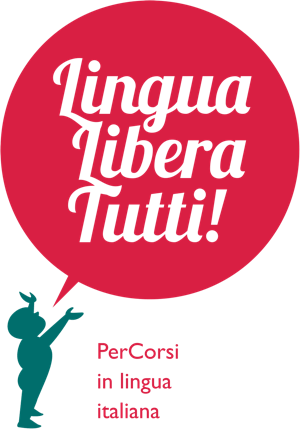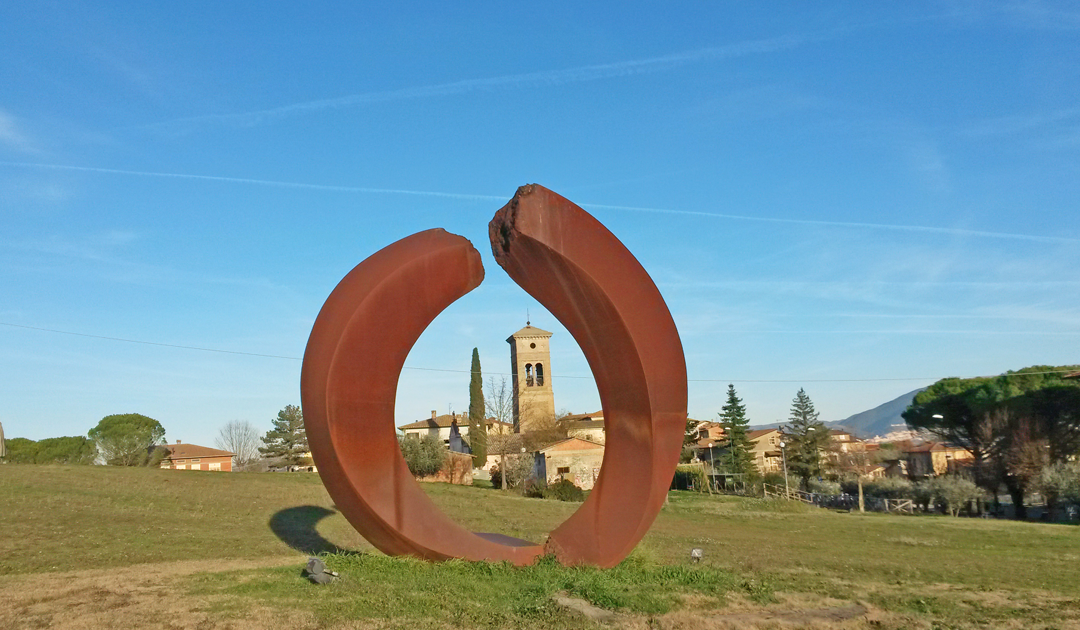The month of re-opening: this is the main characteristic of May 2021. In this spirit, we issue an invitation to travel through the province of Perugia looking for outdoor sculptures, pointing out some areas within pleasant walking distance.
Let us begin with Todi and an inscription: “This is not Beverly Pepper’s park but the park of the Tuderti/Todini, with the hope that the Todi community will be more and more open to looking beyond what can be seen. I hope that it will have ever more imagination and creativity, that it will not remain fixated on history but that it will espouse it, creating new pages of beauty. My wish is for more and more courage”.
This is the dedication of the American artist, Beverly Pepper, to her city of adoption and its inhabitants. Her monumental sculptures are immersed in a naturalistic-urban route that winds around the medieval city walls and links the Tempio di Santa Maria della Consolazione to the historic centre. Apart from these works, Beverly Pepper has even thought of seating: sculpture benches called “lunette” and made of pietra serena, a local stone, on which to stop and enjoy the view of the park.
We can then move to Brufa where, in 1987, an original and modern artistic experiment began, the establishment of a veritable outdoor museum. Every year since then, one sculptor is invited to exhibit his works along the roads that overlook the vineyards and the village squares; then the village acquires a work of the chosen artist. The result, ever in progress, is a road lined with contemporary sculptures, created by artists of national and international renown, in a harmonious union between nature, urban and rural landscape and contemporary sculpture.
From there, let us continue to Assisi. Outside the wall that defines the square of the Basilica Superiore di San Francesco, an unblemished natural environment of woods, olive groves, hills and plains opens up. Sixty hectares (almost 150 acres) of this landscape – il Bosco di San Francesco – were donated to the FAI (Fondo Ambiente Italiano, the equivalent of the National Trust) which began to carry out an important landscape restoration there, as well as the restoration of the 12th-century female Benedictine complex of Santa Croce.
In a clearing of the Bosco dominated by a medieval tower, the artist Michelangelo Pistoletto created a vast work of land art entitled “Il Terzo Paradiso”. One hundred twenty-one olive trees are arranged in double file to form three large circular shapes touching one another tangentially, with the largest in the middle. The invitation is to walk the serpentine between the rows and, in so doing, to become part of the work.

